Last updated on June 11th, 2025 at 12:54 pm
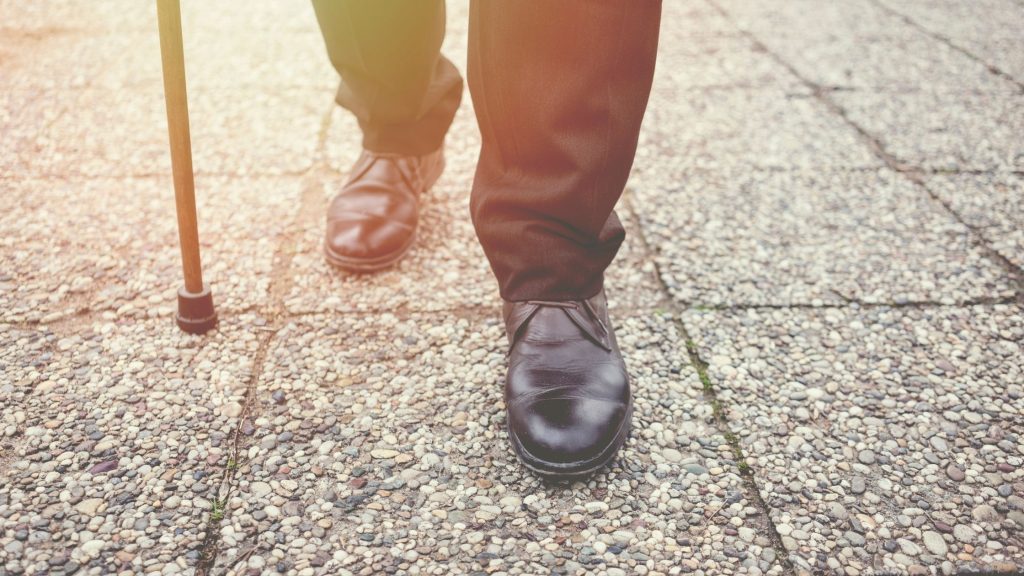
Circumduction gait is an abnormal walking pattern where the affected person lifts their leg and moves it away from the body in a semi-circular manner while moving forward to avoid scraping the ground.
This type of gait is often observed in individuals with hemiplegia, hemiparesis, severe osteoarthritis of the knee, or foot drop caused by nerve damage. However, it is most commonly seen in individuals with hemiplegia, which is why it is also known as hemiplegic gait.
In this article, we will discuss circumduction gait in post-stroke hemiplegia, understand its underlying causes, and identify the muscles responsible for it.
Table of Contents
What is circumduction gait?
Circumduction is a medical term used to describe the circular movement of a limb. In the case of circumduction gait, a person lifts their leg away from their body in a semicircular pattern to clear the ground while moving forward.
This type of gait is considered abnormal and can be identified by its distinctive movement. Before we proceed, let’s review the normal gait cycle for better understanding. The walking pattern consists of two phases:
1) Stance phase– During this phase, the leg remains in contact with the ground.
2) Swing phase– In this phase, the leg remains in the air away from the ground.
During the swing phase of walking, the hemiplegic circumduction gait becomes obvious. One of the most common examples of circumduction gait is the gait pattern that occurs in hemiplegics.
The circumduction gait occurs when the hip extends, adducts, and medially rotates, while the knee extends, the ankle plantar flexes, and inverts.
During the stance phase of walking, the spastic muscles are synergistically activated into hip and knee extension, which prevents the hip and knee from flexing for foot clearance.
As a result, stroke survivors usually hike the hip and circumduct the affected leg during the swing phase for foot clearance. This is why it is known as a “circumductory gait”1.
How Does Circumduction Gait Differ from Normal Walking?
To understand how the circumduction gait differs from normal walking, observe how you step your leg during everyday walking. You can do this in front of a large mirror and notice that you lift one leg to clear the ground and propel it forward for the next footstep.
This lifting of the leg to clear the ground occurs due to the movement at three joints in our leg:
- The upward movement of the foot,
- Bending at the knee, and
- Bending at the hip.
However, in hemiplegia, the muscle responsible for these three movements is weak, resulting in difficulty rising and moving the leg, and, therefore difficulty in clearing the ground. I have made a video on this topic where the subject is suffering from hemiparesis and is walking in a circumduction gait.
In a normal gait cycle, the leg moves smoothly with coordinated movements at the hip, knee, and ankle to clear the ground. In contrast, circumduction gait is an abnormal compensatory pattern where the leg swings outward in a semicircle due to weakness or spasticity.
Here’s a breakdown of the key differences:
Normal Walking (Healthy Gait)
✅ Hip Movement: Flexes to lift the leg straight forward.
✅ Knee Movement: Bends (flexes) to shorten the leg during the swing phase.
✅ Ankle Movement: Dorsiflexes (toes lift) to prevent foot dragging.
✅ Foot Clearance: Achieved through natural hip/knee flexion and ankle dorsiflexion.
✅ Energy Efficiency: Minimal wasted motion; smooth transitions between steps.
Circumduction Gait (Abnormal Pattern)
❌ Hip Movement: Leg swings outward in a semicircle (circumduction) to compensate for weak flexion.
❌ Knee Movement: Stays stiff/straight (extends) due to weak hamstrings or spasticity.
❌ Ankle Movement: Foot drops (plantarflexion) from weak tibialis anterior.
❌ Foot Clearance: Achieved by hiking the hip and swinging the leg wide.
❌ Energy Efficiency: Highly inefficient; increases fall risk and fatigue.
Visual Example:
- Watch the embedded video of a hemiplegic patient demonstrating circumduction gait versus the normal gait diagram below.
Normal gait vs Circumduction gait
| Movement | Normal Gait | Circumduction Gait |
|---|---|---|
| Hip | Flexes straight forward | Swings outward (semicircle) |
| Knee | Bends (flexes) during swing | Stays stiff/straight |
| Ankle | Dorsiflexes (toes lift) | Foot drop (plantarflexion) |
| Foot Clearance | Smooth, efficient | Hip hike + wide leg swing |
| Energy Use | Low effort | High effort, fatiguing |
Causes of circumduction gait
Hemiplegia often leads to spasticity and muscle weakness, which result in spastic paresis and circumduction gait. These conditions affect the trunk, pelvis, and legs, causing gait impairments. Hemiplegics cannot produce sufficient knee and hip movement to clear the ground, so they adopt an abnormal pattern of walking.
They perform leg abduction and swing the leg forward in a semicircular fashion, which is known as circumduction gait. This pattern is caused by the interaction among muscle weakness, spasticity, and spastic activations.
Circumduction Gait Muscle Weakness
Now we know that circumduction gait results from insufficient knee and hip movement. This insufficient movement is due to the lack of power (weakness) of the muscles responsible for the hip and knee movement.
- Knee flexors group of muscles.
- Hip flexors group of muscles.
- Weak dorsiflexor.
Let us dive deep into an individual group of muscles.
Also Read: New 3D Tech prosthetic liners help more amputees walk again
Knee Flexor Weakness: Why Hamstrings Matter

The muscles responsible for bending or flexing the knee are the hamstring muscles. They are located at the back of the thigh.
The hamstring muscles are a group of three muscles: the semimembranosus, semitendinosus, and biceps femoris.
During the gait or walk cycle, the knee must bend to clear the ground. However, the knee flexors alone cannot do this, and they work in conjunction with the hip flexors and foot dorsiflexors to clear the ground successfully.
The animation below demonstrates how the hamstring muscles bring about knee-bending movement.
How Weak Hip Flexors Contribute to Circumduction
The group of muscles known as the hip flexors are responsible for the flexion movement of the hip joint. They are located on the front of the body, near the pubic region.
If the hip flexors are weak, it can prevent proper hip bending, which can complicate ground clearance due to weak knee flexors.
The hip flexor muscle group consists of the following muscles:
- Psoas major muscle
- Iliacus muscle
- Rectus femoris muscle
- Pectineus muscle
- Sartorius’ muscle
Foot Drop and Dorsiflexor Weakness: The Tibialis Anterior Connection
The dorsiflexors are muscles located on the front of the lower leg, in the shin area, that play an important role in lifting the foot upwards at the ankle joint. The tibialis anterior is the specific muscle responsible for dorsiflexion.
Weakness in this group of muscles leads to a condition known as foot drop. Management of drop foot by applying foot drop exercises and muscle stimulation is an important part of the treatment of circumduction gait.
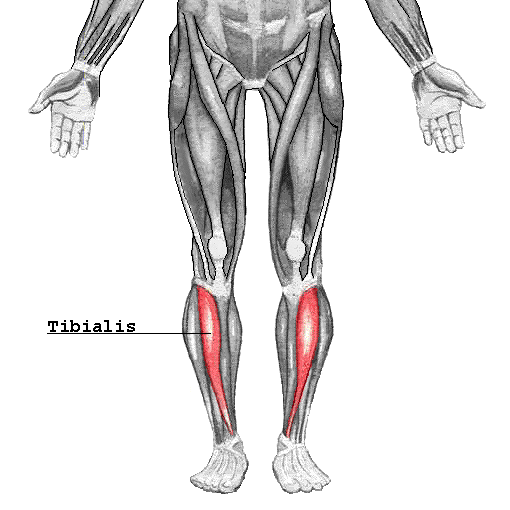
If foot drop is forcing you to swing your leg outward, a simple AFO brace can stabilize your ankle and reduce toe dragging.
- PRODUCT USAGE: Manage pain and discomfort caused by post-stroke foot drop, plantar fasciitis, Achilles tendonitis, Charc…
- SOFTER FABRIC & BREATHABLE DESIGN: Constructed with durable, skin-friendly velvet material and sandwich sponge, more com…
- REVOLUTIONARY ORTHOSIS: Provides a visible improvement in gait that offers support for drop foot or similar complaints. …

Muscle spasticity
In addition to muscle weakness, muscle spasticity also contributes to the cause of hemiplegic circumduction gait. Spasticity of muscle in hemiplegia follows a pattern of a spastic synergistic pattern.
The most common abnormal patterns include flexor synergies in the upper extremity and extensor synergies in the lower extremity1.
How to correct circumduction gait
Physical Therapy Exercises for Gait Improvement
Circumduction gait deformity can lead to poor balance and is concerning for safety during walking, increasing the risk of falls and injury. Therefore, it is important to address this issue.
It is common practice to adopt and promote a multidisciplinary approach involving multiple treatment modes to achieve the best possible clinical results for individuals who have suffered circumduction gait deformity from a stroke2.
Gait rehabilitation programs include:
- Muscle strength training,
- Managing spasticity,
- Task-specific gait training,
- Functional electrical stimulations,
- Ankle foot orthoses (AFO), virtual reality, mental practice with motor imagery, and botulinum toxin injection of spastic muscles.
Advanced Treatments: Robot-Assisted Gait Training & Virtual Reality
A research paper suggests the integration of other modes like electromechanical and robot-assisted gait training, virtual reality, mental practice with motor imagery, and botulinum toxin injection of spastic muscles2.
- Robot-Assisted Gait Training (RAGT):
Uses exoskeletons or end-effector devices to provide repetitive, task-specific practice, enhancing neuroplasticity and muscle coordination. Studies show it improves walking speed and symmetry by reinforcing proper kinematic patterns (Li et al., 2018). - Virtual Reality (VR):
Combines immersive environments with real-time feedback to engage patients in gait rehabilitation. VR promotes motor learning by simulating real-world challenges (e.g., obstacle avoidance), improving balance and step length (Beyaert et al., 2015).
Clinical Impact:
These technologies address simplified motor modules and spasticity post-stroke by:
- Retraining neural pathways through high-intensity repetition.
- Reducing compensatory movements (e.g., circumduction) via precise kinematic guidance.
- Boosting patient motivation with interactive, goal-oriented tasks.
If you’re using a cane, make sure it’s the right height and has an offset handle like. A bad grip can worsen your gait pattern! I’ve linked an adjustable cane that’s lightweight and slip-proof.
- Quad Cane: This large-base, adjustable walking cane for men and women provides ultra-stabilizing support in a lightweigh…
- Quality Construction: Made of ultra-durable aircraft-grade aluminum, our walking cane features a stabilizing K-shaped ba…
- Height-Adjustable: Customize the adjustable walking stick with its 11 precision height settings for a perfect fit

Botulinum Toxin (Botox) Injections: When Are They Used?
Botulinum toxin injection in the selected muscle can give a significant improvement in gait pattern.
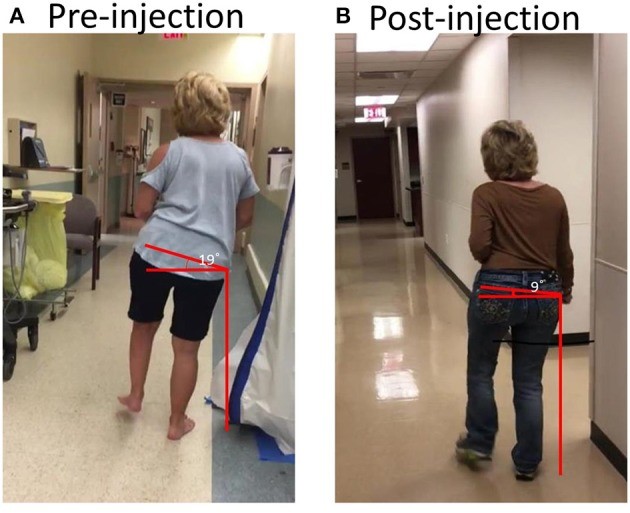
Key Takeaways
There are various conditions where circumduction gait can be seen, such as sciatica and knee osteoarthritis. In both these cases, the sufferer tries to prevent pain by circumducting the affected side leg.
If the person is suffering from severe osteoarthritis knee pain on both legs, then they circumduct both legs. Circumduction on both legs becomes a waddling gait.
- Circumduction gait is an abnormal walking pattern where the leg swings outward due to weakness in hip/knee flexors and foot drop, often seen post-stroke.
- Spasticity worsens the problem by stiffening muscles, forcing compensatory movements like hip hiking or excessive knee extension.
- Effective treatments include:
- Strengthening exercises (targeting tibialis anterior, hamstrings, and hip flexors).
- Ankle-foot orthoses (AFOs) or botulinum toxin injections for severe spasticity.
- Advanced options like robot-assisted gait training to retrain proper movement.
When to See a Physiotherapist
Seek professional help if you notice:
⚠️ Frequent falls or near-falls during walking.
⚠️ Increasing pain in the hip, knee, or ankle.
⚠️ Worsening gait (e.g., louder foot slapping, wider leg swings).
⚠️ Fatigue after short walks, signaling inefficient movement.
“Early intervention can prevent long-term compensations and improve mobility!”
Keep Reading: What’s Waddling Gait? Everything you should know about it.
FAQ circumduction gait
The author is a physiotherapist who has been practising for the last 17 years. He holds a Bachelor's in Physiotherapy (BPT) from SVNIRTAR (Swami Vivekananda National Institute of Rehabilitation and Research), one of the prestigious physiotherapy schools in India.
Whatever he learns dealing with his patient, he shares it with the world through blogs and e-books. He also owns a YouTube channel, "Sunit Physiotherapist" with over 8 lakh active subscribers. Here, he shares everything he gets to learn serving the patient.


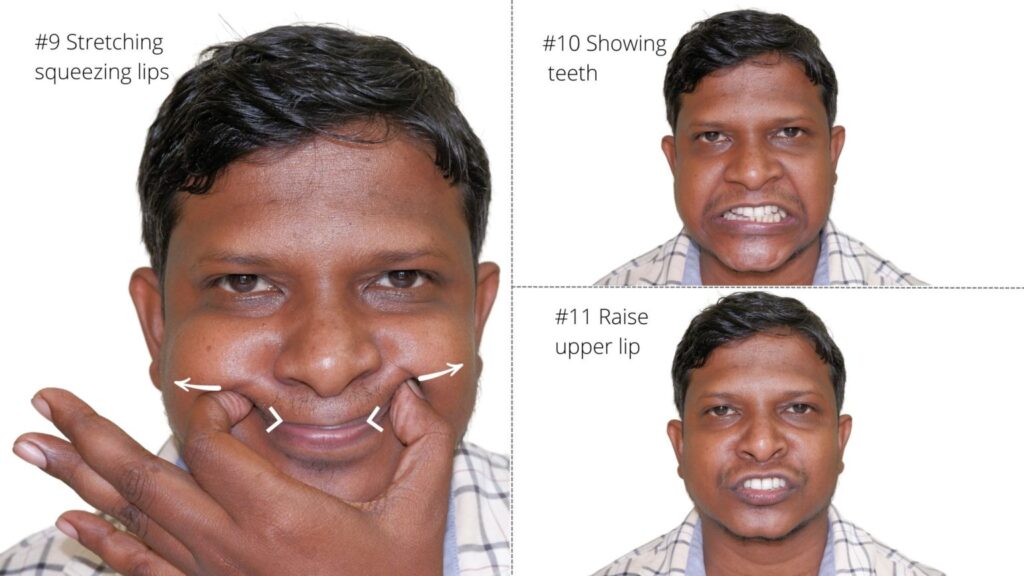

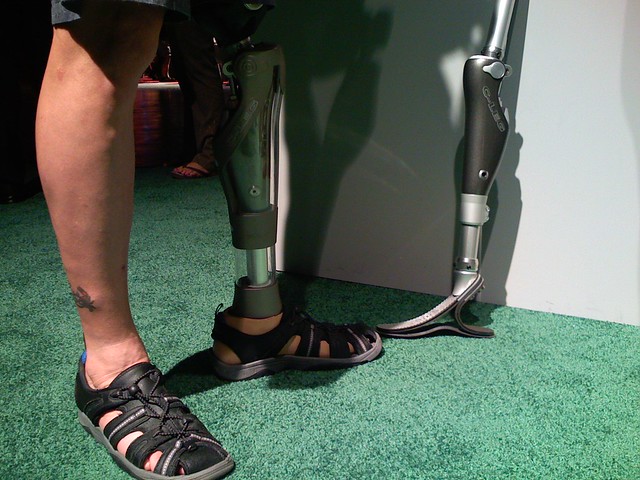

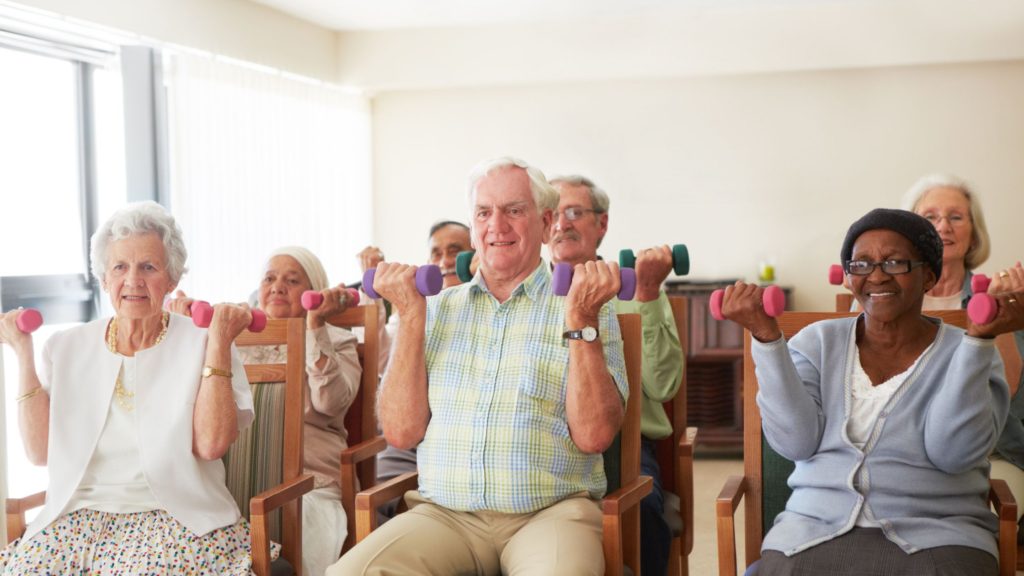
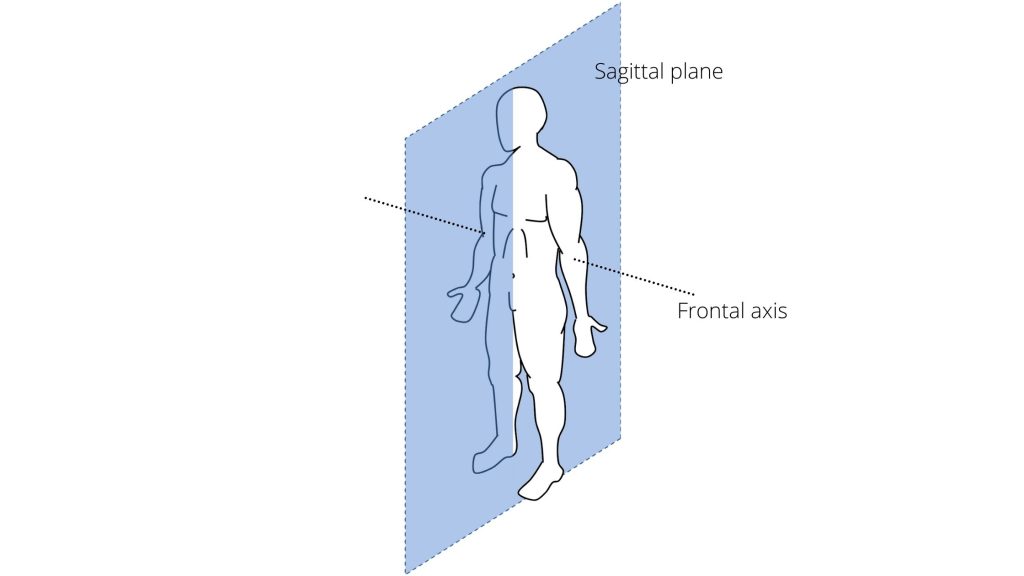
Pingback: Foot drop exercises and it's physical therapy : Physiosunit
Hi, you can email me, sunitekka@gmail.com or WhatsApp me 9178817004
What’s the treatment ? Please share your contact detail I want to tell about my problem.
This is a Super Post. cardiff podiatrist
Nice post, Thank you for sharing valuable information. I enjoyed reading this post. The whole blog is very nice found some good stuff and good information here Thanks for sharing…Also visit my page.
Premium Folding Wheelchair